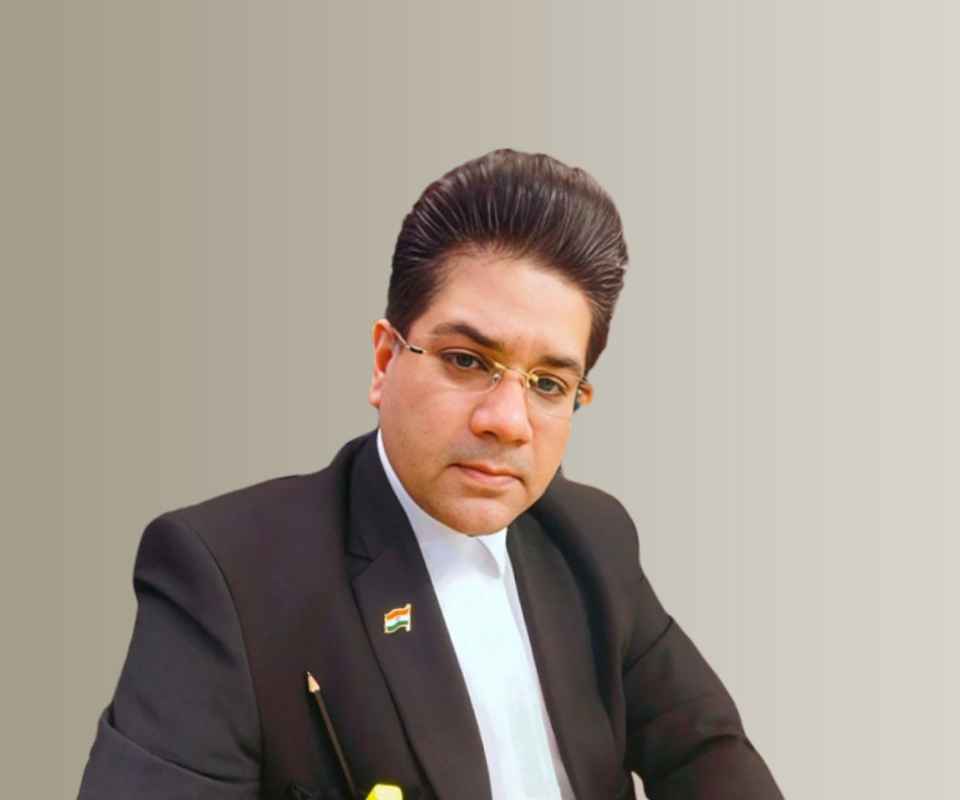Answer By law4u team
The history of racial justice movements in the United States is deeply intertwined with the country’s history of slavery, segregation, and systemic racism. From the abolition of slavery to the modern-day fight for racial equality, these movements have played a crucial role in challenging discriminatory practices and laws, pushing for social, political, and economic changes to secure justice for African Americans and other marginalized racial groups. Racial justice movements in the U.S. have been shaped by protests, legal battles, and shifts in public opinion, all striving for a more just and equitable society.
Key Milestones in the History of Racial Justice Movements in the U.S.:
Abolition of Slavery (Pre-Civil War Era):
The earliest racial justice movement in the U.S. focused on the abolition of slavery. Abolitionists such as Frederick Douglass, Harriet Tubman, and Sojourner Truth worked tirelessly to end the enslavement of African Americans. The movement culminated in the Civil War (1861–1865) and the eventual passage of the 13th Amendment in 1865, which abolished slavery. The end of slavery was a significant victory, but it did not immediately result in full equality for African Americans.
Reconstruction and Early Civil Rights (1865-1877):
After the Civil War, the Reconstruction period (1865–1877) sought to rebuild the South and integrate formerly enslaved people into American society. The 14th and 15th Amendments were passed, granting African Americans citizenship and the right to vote. However, the gains of Reconstruction were rolled back by the rise of Jim Crow laws and racial segregation in the South, leading to the need for further activism and legal battles.
Jim Crow and the Rise of the Civil Rights Movement (Late 19th Century to 1950s):
By the late 19th century, racial segregation and discrimination were entrenched in the South through Jim Crow laws. African Americans faced disenfranchisement, economic exploitation, and violence, including lynching. The civil rights movement began to take shape in the early 20th century with figures like W.E.B. Du Bois and organizations like the NAACP (National Association for the Advancement of Colored People). These activists fought for legal and political rights, challenging segregation through court cases such as Brown v. Board of Education (1954), which declared racial segregation in public schools unconstitutional.
The Civil Rights Movement (1950s-1960s):
The 1950s and 1960s marked a peak in the racial justice movement with widespread protests and legal challenges to racial inequality. Leaders like Martin Luther King Jr., Rosa Parks, Malcolm X, and others became symbols of the struggle for civil rights. The movement pushed for desegregation, voting rights, and an end to discriminatory practices. Landmark achievements of this era included the Civil Rights Act of 1964, which outlawed discrimination in public accommodations, employment, and education, and the Voting Rights Act of 1965, which aimed to eliminate barriers to voting for African Americans, particularly in the South.
Black Power Movement (1960s-1970s):
In response to the slow pace of progress and the persistence of racial violence, the Black Power movement emerged, led by figures like Stokely Carmichael, Huey Newton, and Bobby Seale. The movement emphasized racial pride, self-determination, and the creation of institutions that would empower Black communities. The Black Panther Party, founded in 1966, advocated for armed self-defense and the provision of social services to Black communities. While some viewed Black Power as militant, it also helped bring attention to economic inequality and police brutality.
The Fight Against Mass Incarceration and Police Brutality (1980s-Present):
Racial justice movements in the late 20th and early 21st centuries began to focus on the disproportionate impact of the criminal justice system on African Americans. The war on drugs, mass incarceration, and police violence became central issues. The 1991 beating of Rodney King by Los Angeles police officers and the subsequent acquittal of the officers sparked widespread protests and highlighted the need for police reform and accountability. In the 2010s, movements like Black Lives Matter, founded in 2013, took center stage by protesting police killings of unarmed Black individuals and advocating for changes in policing practices.
The Black Lives Matter Movement (2013-Present):
The Black Lives Matter (BLM) movement, founded in response to the acquittal of George Zimmerman in the killing of Trayvon Martin, has become one of the most significant racial justice movements of the 21st century. BLM emphasizes the need to address systemic racism, police violence, and inequality faced by Black people. Protests, particularly following the deaths of individuals like Michael Brown, Eric Garner, Breonna Taylor, and George Floyd, have drawn millions of people worldwide to demand justice and reform. BLM has sparked conversations on police defunding, racial equity in public policy, and the dismantling of white supremacy.
Racial Justice and Intersectionality (2000s-Present):
Modern racial justice movements are also characterized by an intersectional approach, which recognizes how race intersects with other forms of oppression, such as gender, class, and sexuality. Activists have highlighted the importance of including the voices of Black women, LGBTQ+ individuals, and other marginalized communities in the fight for racial justice. Issues such as reproductive rights, economic justice, and environmental justice have also become central to racial justice activism.
Example:
The 2020 Black Lives Matter protests following the killing of George Floyd were one of the largest racial justice movements in U.S. history, drawing millions of people across the world into the streets demanding justice and reforms. The protests led to a global conversation about systemic racism, police reform, and the need for racial equity. These movements prompted changes in local and national policies, such as bans on certain police tactics, the introduction of police accountability laws, and increased support for racial justice initiatives at all levels of government.







